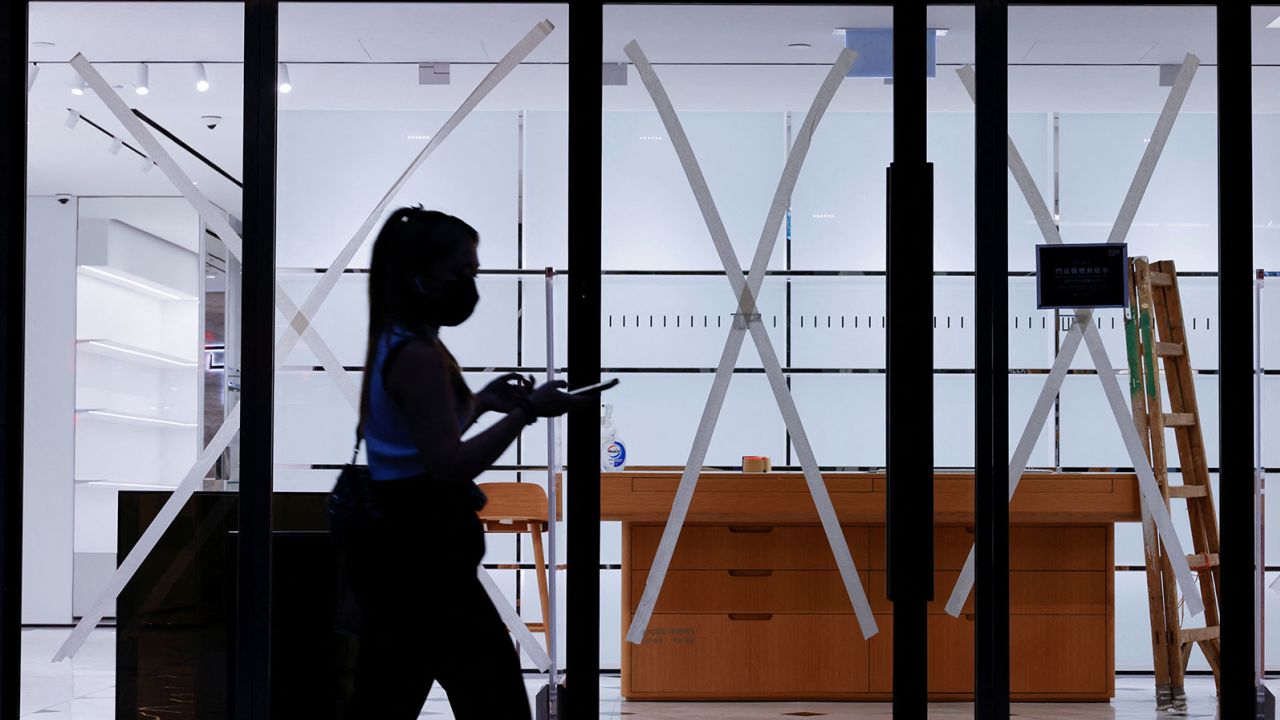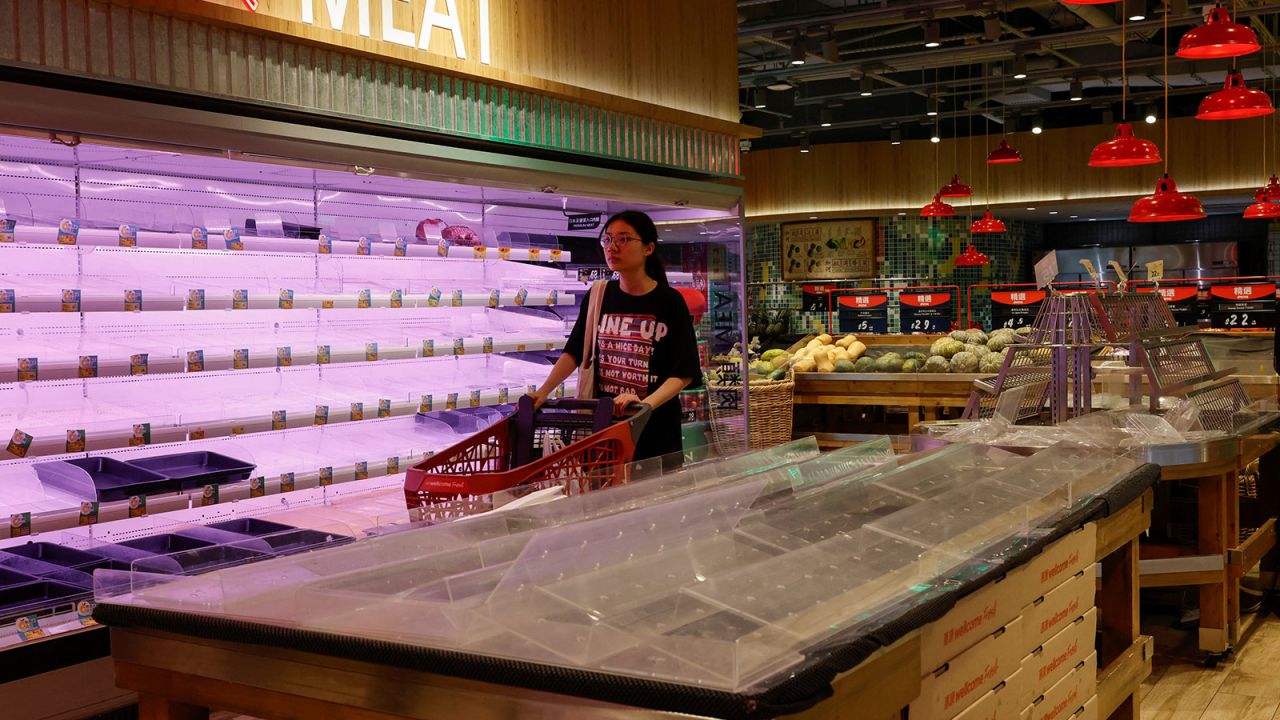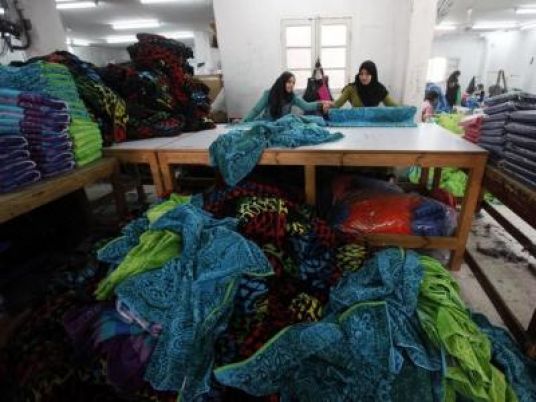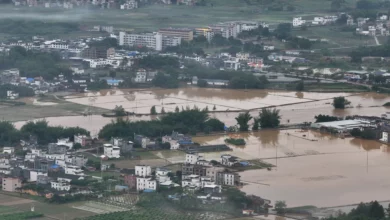
It had been a super typhoon on Thursday, but was downgraded to typhoon status Friday – though still remains the equivalent of a Category 4 hurricane, with winds reaching 220 kilometers per hour (140 miles per hour).
The storm previously impacted parts of northeastern Philippines.
Three people were injured and taken to hospital in Hong Kong, according to the city’s Information Services Department. The Home Affairs Department opened dozens of temporary shelters. There were seven cases of flooding, but no reports of landslides so far.
Residents in the city began preparing for the typhoon on Thursday as it approached, with many flocking to supermarkets and stores to stock up on food and essential goods.
Strong winds began picking up on Friday afternoon, with the storm expected to come the closest to the city and to China’s southern Guangdong province at night and into Saturday morning.
However, the Joint Typhoon Warning Center said the center of the storm will likely remain offshore instead of moving over land, and will weaken as it approaches to become the equivalent of Category 2 hurricane.

The Hong Kong Observatory (HKO) issued a T10 storm warning signal on Friday, the highest storm warning alert level. Schools and most businesses were closed, on what was supposed to be the first day of the academic year for most institutions.
The eyewall of Saola – the ring of most intense winds that surrounds the hurricane’s calm eye – is now moving across the city, HKO said, adding that, “hurricane force winds are affecting the eastern part of Hong Kong.”
“Saola will skirt around 40 kilometres (25 miles) to the south of the Hong Kong Observatory in the next few hours,” HKO added.
The observatory warned that the storm will still bring heavy showers, violent winds, and cause storm surges with rising waters in low-lying coastal areas. A T10 warning, was last issued in 2018 for Typhoon Mangkhut, which killed 10 people in neighboring Macau and caused significant damage in Hong Kong.
The storm has also caused widespread disruption to air travel; by Friday morning, Hong Kong had canceled 366 flights and delayed 40 more, according to the city’s Airport Authority. Ahead of the typhoon, Hong Kong’s flagship airline Cathay Pacific halted all flights to and from the city, starting Friday afternoon through Saturday morning.

Authorities in mainland China also issued a typhoon red warning, the highest level in a four-tier alert system, as Saola approached Guangdong.
Shenzhen, a high-tech hub bordering Hong Kong, is suspending all classes, work, businesses, markets and transportation on Friday. Its international airport has suspended all flights starting midday Friday.
The city has urged its 13 million residents to stay at home, and has opened emergency shelters for those needing refuge.
Nearly 4,000 train services in Guangdong have been suspended between Thursday and Sunday, state news agency Xinhua reported.

Hong Kong is no stranger to tropical cyclones and typhoons, which come several times a year. Three T8 warnings were issued in 2022, the city’s third highest warning, and was most recently issued in July for Typhoon Talim, according to HKO.
But the city and generally has a good track record in recent decades of getting through even direct hits with low casualty figures.
CNN’s Sophie Jeong and Sarita Harilela in Hong Kong contributed reporting.




